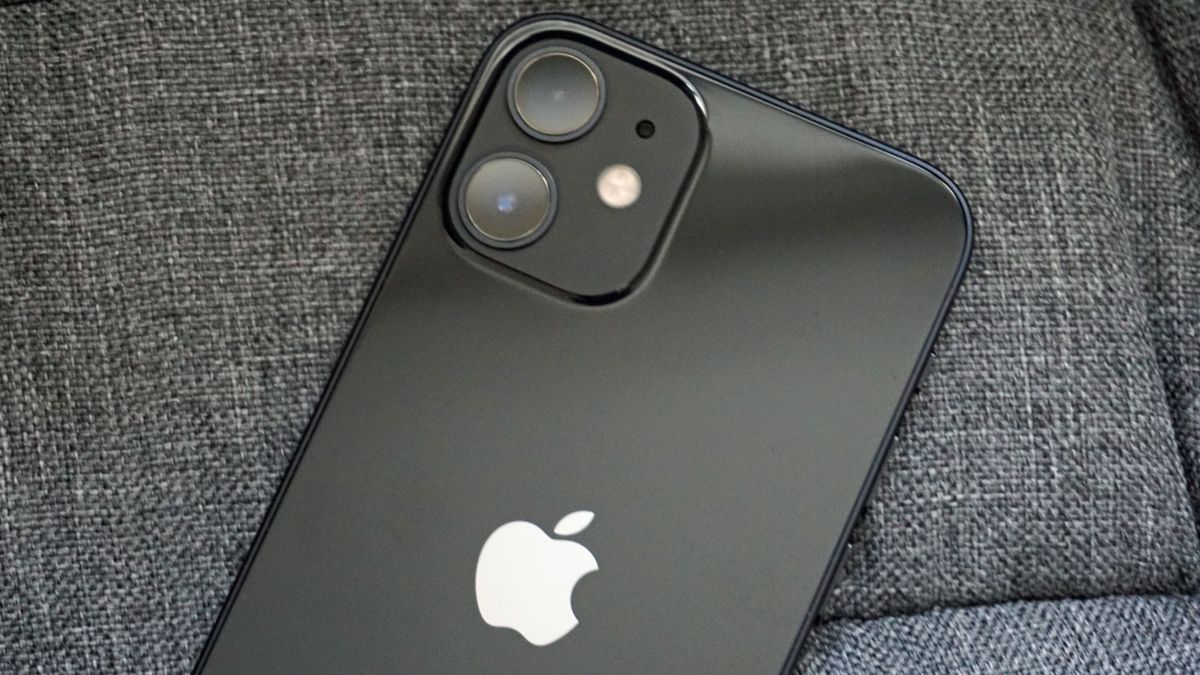iPhone 13’s A15 chip set to enter production soon, but don't expect huge upgrades
5nm all over again

The chipsets in the iPhone range are always among the best of a given year, and they tend to outperform top Android options in benchmarks, but for the iPhone 13 we might not see as much of a performance improvement as we do some years.
That’s because the A15 chipset we’re expecting to power it will apparently still be made on a 5nm (nanometer) process. Generally, we see the biggest performance boosts when the new generation chipset moves to a smaller size, but that change isn't happening this year according to DigiTimes.
However, the A15 will apparently be made using an enhanced manufacturing process known as N5 Plus, which will presumably lead to some improvements. And of course it’s bound to be a better chipset than the iPhone 12’s A14 Bionic regardless, it just might be a step up rather than a leap.
- Read our full iPhone 12 Pro review
- These are the best iPhones
- And these are the best iPhone apps
Made in May
The report adds that apparently TSMC (the company building the chips) will start production of the A15 by the end of May, which sounds like it should give Apple plenty of time to build up a stockpile for the likely September launch of the iPhone 13 range.
If you’re disappointed that the chipset reportedly won’t use a smaller manufacturing process, it’s worth noting that no rivals do either. The top Android chipsets are the Snapdragon 888 and Exynos 2100, which are found in phones like the Samsung Galaxy S21 range and the OnePlus 9 Pro, and these are both also 5nm.
Looking ahead though, Apple is apparently moving to a 4nm production process for a new Mac model which might be released towards the end of this year or early next year, so perhaps that’s a sign that the iPhone 14 could see similar chipset improvements.
- Will there be an iPhone SE 3 this year?
Via iMore
Get daily insight, inspiration and deals in your inbox
Sign up for breaking news, reviews, opinion, top tech deals, and more.
James is a freelance phones, tablets and wearables writer and sub-editor at TechRadar. He has a love for everything ‘smart’, from watches to lights, and can often be found arguing with AI assistants or drowning in the latest apps. James also contributes to 3G.co.uk, 4G.co.uk and 5G.co.uk and has written for T3, Digital Camera World, Clarity Media and others, with work on the web, in print and on TV.
Most Popular








